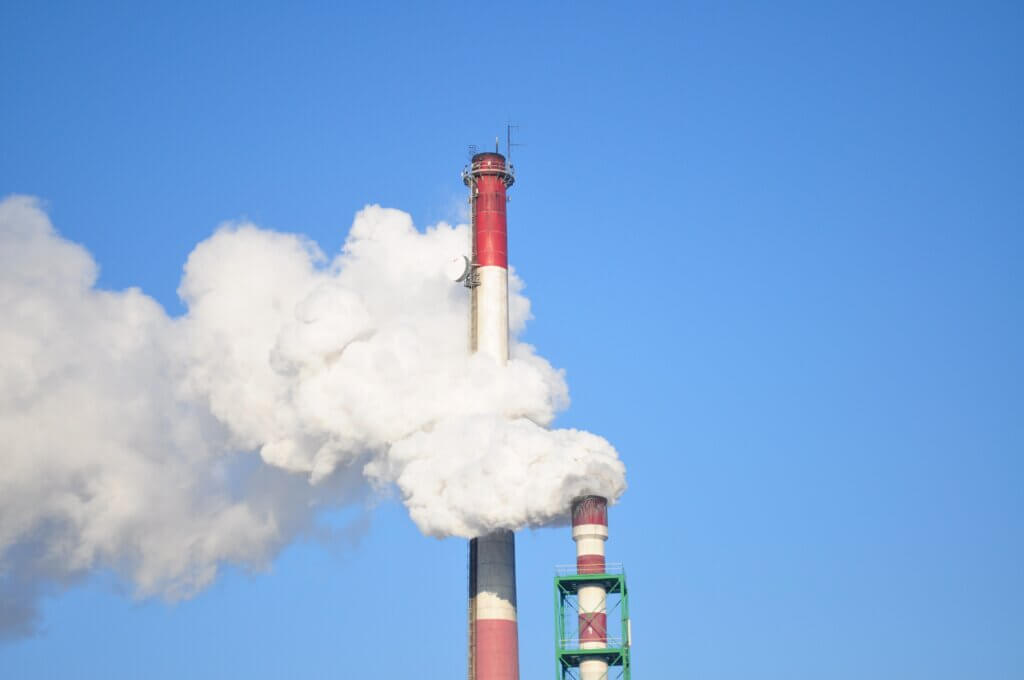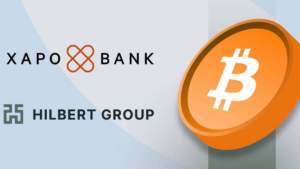A number of large carbon traders discover that their carbon credits may be worthless.
Trafigura Group, the world’s largest trader of carbon credits, has suspended a shipment pending the outcome of an investigation into the forestry project behind the units. The situation has led the company to replace the offsets in a contract with a business customer and instead keep the stranded credits in its own accounts.
Hannah Hauman, global head of carbon trading at Trafigura – and a former oil trader – says the overall loss of value in some corners of the voluntary carbon market is unlike anything she has seen in oil markets.
It is the latest in a series of cases where traders dealing with carbon credits have to treat such assets as stranded. More than 75 million carbon credits currently lie dormant in the accounts of Vitol, the world’s largest independent commodity trader. ACT Commodities Group and ACT Financial Solutions, both units of SMS Holding, wrote off around 1.5 million credits last year.
Since the first carbon credit was traded some 35 years ago, the market has been hit by a steady stream of scandals that have led to wild price swings and even collapsing valuations. This has implications not only for companies that trade in such credits, but also for companies that use them to substantiate green claims to customers and regulators.
A carbon credit is a paper security representing one ton of CO2 reduced or removed from the atmosphere, generated by projects such as wind farms or planting trees. Buyers can trade the units or use them to offset their own emissions, in which case they must withdraw the credit to avoid it being used twice.
But independent scientific analysis of a project’s claims to reduce carbon emissions often lags behind the issuance of corresponding carbon credits, leaving buyers in the $2 billion market exposed to losses.
Unlike its regulated counterpart in the compliance market, the voluntary carbon market lacks oversight, and buyers may find that promises made by sellers are not always kept.
Trafigura recently bought credits from the Southern Cardamom forestry project in Cambodia and had a contract to sell them to a major retailer. In June, the emissions certification body Verra suspended the project pending an investigation into “comments from stakeholders.” The allegations surrounding the project prompted Trafigura to offer its customer the option of switching to different credits, which it accepted. That left Trafigura with the units written off on its books.
At least one company has written off credits linked to a forestry project in Zimbabwe called Kariba, after discovering that too many had been issued in relation to the emission reductions actually achieved. According to Hauman, such problems have caused buyers to seek closer contact with offset projects, to keep a closer eye on how they are run. But it actually increases the risk of being lumped in with defaulted loans, as buyers focus on fewer projects and lock themselves into longer contracts,” she said.
“Customers want to get closer and closer to their projects, and the only way to get close and to get that forward steady stream of procurement is to go for more term installments,” said Hauman, referring to long-term contracts for future delivery, as opposed to a one-time deal at a time. This means that “these transactions have a lot of capital at risk”, she said.
Vitol and ACT’s stranded offsets are known as emission reduction units (ERUs). These were first issued under an old UN program that has since come under heavy criticism, with about 75% of the units issued now considered worthless.
The 75 million credits stranded on Vitol’s books are equivalent to a third of last year’s global emissions, or twice Switzerland’s annual CO2 emissions. A spokesperson for Vitol said the company has no intention of trading or retiring any ERUs it has, and that these were written down to zero years ago. ACT told Bloomberg that it “destroyed” around 1.5 million ERUs last year after realizing they were worthless.
Yet there is a market for junk credits as sellers find new buyers and distributors. An ACT customer retired 750,000 ERUs last year, ostensibly to claim that the emissions had been offset. When Verra and Gold Standard, the world’s leading offset registry, issued restrictions on certain renewable energy offsets, a new registry was opened in Qatar to absorb this supply.
Prices on the voluntary carbon market vary widely, with factors such as the age and location of a project affecting the perceived value. ERUs once traded for close to $20 per unit, but then crashed to about $2 in 2012 and only a few cents shortly thereafter. Credits from the Southern Cardamum and Kariba projects were sold for about $10 last year, according to brokerage data compiled by BloombergNEF.
Hauman says buyers of credits should be reassured by new standards such as those set by the Integrity Council for the Voluntary Carbon Market’s Core Carbon Principles, as well as the UN’s new Article 6 market, especially where these entities come with an accounting adjustment to ensure they are used no more than once.
About the Viking
With Viking’s signals, you have a good chance of finding the winners and selling in time. There are many securities. With Viking’s autopilots, price data, tables and stock prices, you can sort out the most interesting ETFs, shares, options, warrants, funds, etc.
Click here to see what Vikingen offers: Detailed comparison – Stock market program for those who want to become even richer (vikingen.se)













